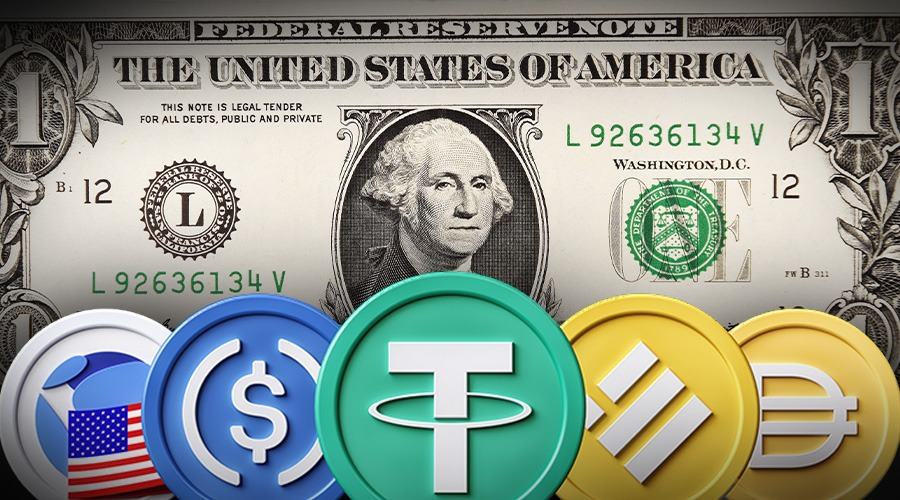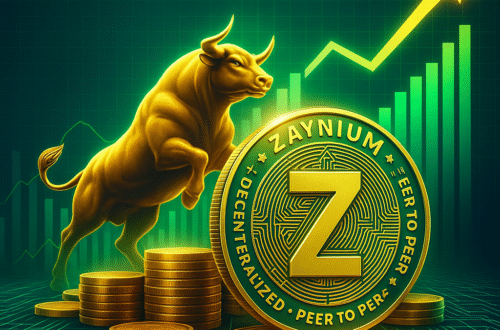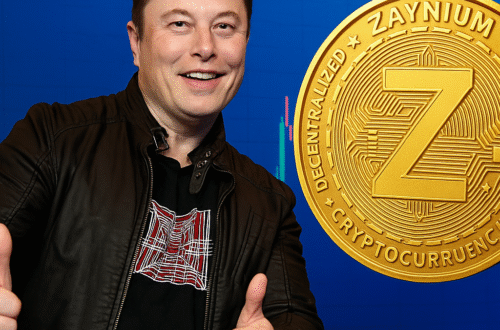Introduction
The rise of stablecoins—digital currencies pegged to stable assets like the US dollar—is reshaping global finance. With the GENIUS Act signed into law in July 2025, the US has established the world’s first federal regulatory framework for stablecoins, paving the way for USDC (USD Coin) and other compliant stablecoins to dominate payments, remittances, and even challenge traditional banking systems 18.
This article explores:
- How US-regulated stablecoins like USDC are gaining mass adoption
- The impact of the GENIUS Act on the stablecoin market
- Why businesses and banks are shifting to stablecoins
- The risks and challenges of stablecoin dominance
- The future of the US dollar in a stablecoin-driven economy
1. The Rise of USDC and US-Regulated Stablecoins
Stablecoins: The Digital Dollar Revolution
Stablecoins are blockchain-based tokens pegged 1:1 to fiat currencies (mostly the US dollar). Unlike volatile cryptocurrencies like Bitcoin, they offer price stability, making them ideal for payments and settlements 6.
The two largest stablecoins are:
- Tether (USDT) – The most widely used but criticized for lack of transparency.
- USDC (USD Coin) – Fully regulated, audited, and backed by cash & US Treasuries 7.
With the GENIUS Act, USDC and other compliant stablecoins are gaining an edge over offshore competitors like USDT by offering legal clarity, transparency, and institutional trust 2.
Why USDC Is Winning Institutional Trust
- Monthly audits proving 100% reserve backing 2.
- Regulated by US authorities (OCC, SEC) under the GENIUS Act 11.
- Used by Wall Street (JPMorgan, Citigroup) for instant settlements 8.
- Preferred by corporations like Amazon and Walmart for low-cost payments 6.
USDC’s growth has been explosive—$60 billion in circulation as of 2025, with projections to triple by 2030 9.
2. The GENIUS Act: A Game-Changer for US Stablecoins
Key Provisions of the GENIUS Act
Signed by President Trump in July 2025, the Guiding and Establishing National Innovation for U.S. Stablecoins (GENIUS) Act introduces:
✅ Federal oversight – Stablecoin issuers must register with US regulators 1.
✅ 100% reserve backing – Only cash or short-term Treasuries allowed 2.
✅ Monthly disclosures – Public audits to prevent fraud 11.
✅ AML/KYC compliance – Stricter anti-money laundering rules 12.
✅ Bank partnerships required – Big Tech (Amazon, Meta) can’t issue stablecoins alone 11.
How This Helps USDC & Hurts Tether
- USDC (Circle) already complies, gaining more institutional adoption 2.
- Tether (USDT) faces pressure as it operates offshore with less transparency 12.
- New US-regulated stablecoins (e.g., from JPMorgan, Citigroup) will emerge 8.
This law positions the US as the global leader in stablecoin innovation, ensuring dollar-backed stablecoins dominate over China’s digital yuan or private alternatives 11.
3. Why Businesses & Banks Are Adopting Stablecoins
Faster, Cheaper Payments
- Cross-border transactions settle in seconds (vs. 3-5 days via banks) 5.
- Near-zero fees – Saves billions for companies like Amazon in credit card costs 6.
Banking Integration
- JPMorgan, Citi, and Bank of America are launching their own stablecoins 8.
- FedNow & SWIFT are exploring stablecoin integrations 5.
Corporate Use Cases
- Payroll & supplier payments – Instant settlements for global businesses 5.
- E-commerce – Walmart testing stablecoin checkout to avoid Visa/Mastercard fees 6.
- Treasury management – Companies like Tesla hold USDC for liquidity 7.
4. Risks & Challenges of Stablecoin Dominance
De-Pegging & Bank Runs
- USDC briefly lost its peg during the 2023 banking crisis 8.
- Algorithmic stablecoins (like TerraUSD) collapsed in 2022 7.
Regulatory Loopholes
- Offshore stablecoins (Tether) still evade US rules 12.
- No FDIC insurance – If a stablecoin issuer fails, users may lose funds 9.
Threat to Traditional Banking?
- If people hold more stablecoins than bank deposits, banks lose liquidity 9.
- The Fed may need to issue a digital dollar (CBDC) to compete 12.
5. The Future: Will Stablecoins Replace the Dollar?
Short-Term (2025-2030)
- USDC & compliant stablecoins will dominate payments.
- Tether’s market share may decline due to regulatory pressure 12.
- More banks & corporations will issue their own stablecoins 8.
Long-Term (Beyond 2030)
- Stablecoins could become a parallel currency alongside the dollar.
- Central banks may launch CBDCs to retain monetary control 5.
- The US dollar’s global dominance could strengthen if stablecoins remain dollar-pegged 11.
Conclusion: The Dollar’s Digital Future
The GENIUS Act has set the stage for US-regulated stablecoins like USDC to dominate global finance. With faster transactions, lower costs, and regulatory trust, they are becoming the preferred digital dollar for businesses, banks, and consumers.
However, challenges like de-pegging risks, regulatory gaps, and banking disruptions remain. If the US maintains its lead in stablecoin innovation, the dollar could reinforce its global supremacy in the digital age.
For investors and businesses, the message is clear: Stablecoins are here to stay—and the US is leading the charge.
Key Takeaways
✔ USDC is winning due to transparency & regulation.
✔ The GENIUS Act forces stablecoin issuers to hold 100% reserves.
✔ Banks & corporations are adopting stablecoins for instant payments.
✔ Offshore stablecoins (Tether) face regulatory challenges.
✔ Stablecoins could rival the dollar if adoption keeps growing.
Want to dive deeper? Check out the latest on the GENIUS Act and USDC’s growth.





